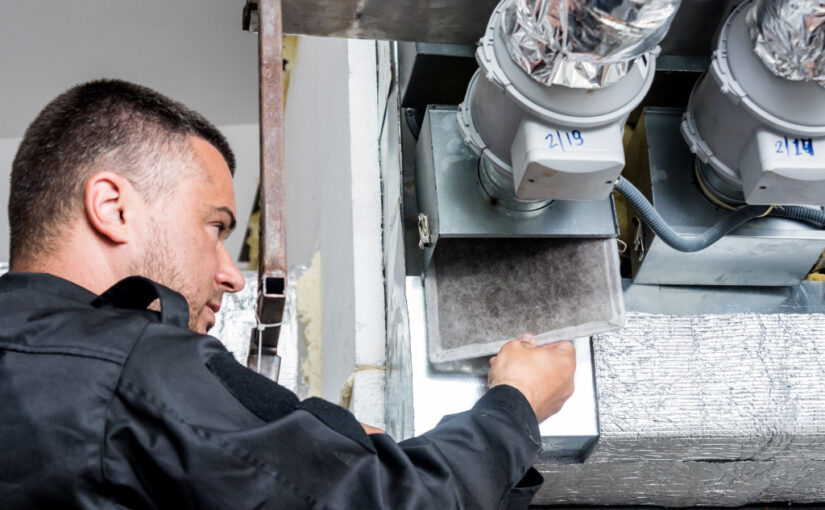
Furnace Servicing and Home Comfort: The Impact of Humidity Control
Have you ever considered the impact of humidity on your home’s comfort and the efficiency of your furnace? Humidity control is a vital, yet often overlooked, aspect of furnace servicing that can significantly influence your indoor environment and the performance of your heating system.
How does humidity affect the warmth and coziness of your home during the winter months, and what role does it play in ensuring your furnace operates optimally?
In this comprehensive guide, we will explore the critical connection between humidity control, furnace servicing in Calgary, and the comfort you experience within the four walls of your home.

The Importance of Humidity Control:
Before delving into the relationship between humidity control and furnace servicing, let’s understand why maintaining the ideal indoor humidity levels is crucial. During the winter, when outdoor air is cold and dry, your indoor humidity can drop to uncomfortable and unhealthy levels. This dryness can lead to several issues, from dry skin and irritated respiratory passages to damaged wood furnishings. However, it’s not just about comfort; proper humidity control can also impact your heating bills and the longevity of your furnace.
To dig out more info, read our Twitter posts!
Humidity and Home Comfort:
Low indoor humidity levels can make your home feel cooler than it is, even when your furnace is running efficiently (which means when you do not need furnace servicing in Calgary). This perceived coldness can lead to the temptation to turn up the heat, increasing energy consumption and utility costs. Additionally, dry air can cause discomfort, such as itchy skin and scratchy throats, making your home less inviting and cozy. To combat these issues, humidity control is essential.
Effects on Furnace Efficiency:
Now, let’s explore the direct relationship between humidity control and furnace efficiency. When the air in your home is too dry, it can feel colder than it is, prompting you to raise the thermostat. It means your furnace works harder and consumes more energy.
On the other hand, when humidity levels are appropriately balanced, the air feels warmer, allowing you to set your thermostat lower without sacrificing comfort. This, in turn, reduces your furnace’s workload and energy consumption.
To understand better with pictures, scroll through our Instagram account!
Preventing Furnace Strain:
Furnaces that constantly operate at high temperatures due to overcompensation for low humidity levels can experience premature wear and tear. The added strain on your furnace’s components can lead to increased maintenance needs and a shorter lifespan for the system. By maintaining proper humidity levels, you not only improve comfort but also reduce the risk of excessive strain on your furnace.
Balancing Humidity for Comfort and Efficiency:
Achieving the right balance of humidity in your home is essential for comfort and furnace efficiency. The ideal indoor humidity level typically falls between 30% and 50%. Humidifiers and dehumidifiers are valuable tools in achieving and maintaining this balance. A professional furnace servicing appointment can include checking the functionality of these devices and ensuring they get calibrated correctly to optimize indoor humidity levels. Hence, contact our technicians!
To Conclude!
Humidity control plays a pivotal role in furnace servicing and home comfort. It directly affects how warm and cozy your home feels during the cold winter and can significantly impact your heating bills and furnace longevity.



